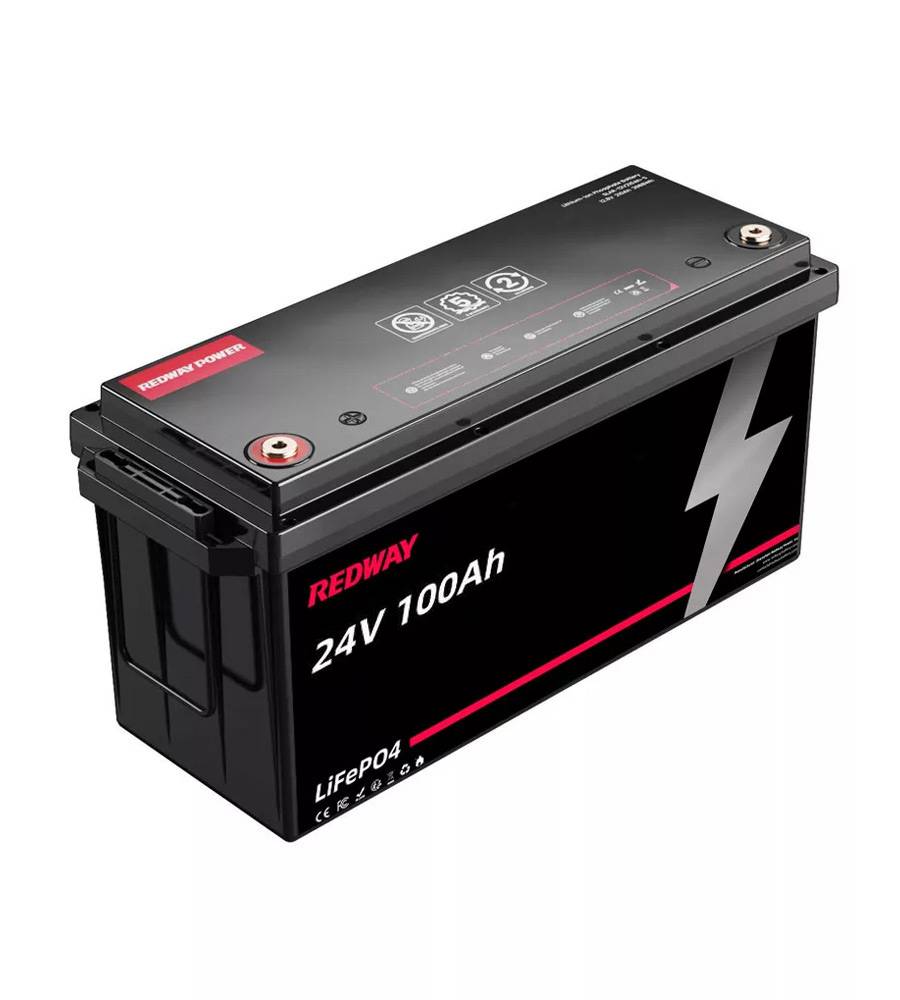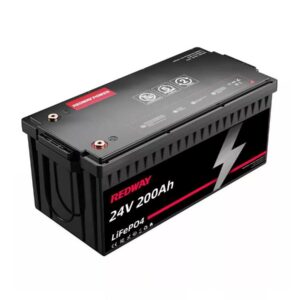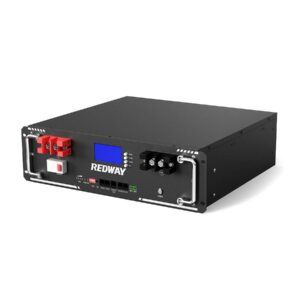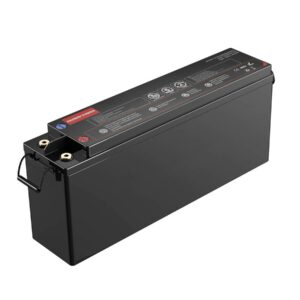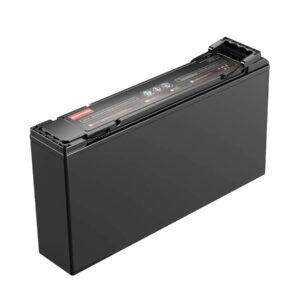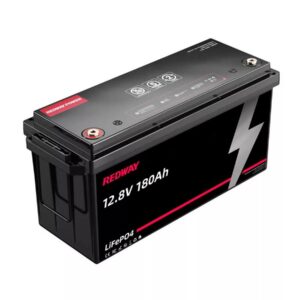Description
Our 24V 100Ah LiFePO4 Battery is a premium energy storage solution designed for OEM partners and wholesale buyers. As a professional lithium battery manufacturer, we deliver high-performance, customizable lithium batteries that meet rigorous safety and efficiency standards across diverse industries.
Key Features
High Energy Density: 2560Wh capacity powers marine equipment, RVs, and solar installations with unmatched efficiency.
Extended Cycle Life: 6000+ cycles at 80% DOD ensure 10+ years of reliable service, outperforming lead-acid alternatives.
Advanced Safety Systems: Military-grade BMS prevents overcharging, overheating, and short circuits through 12-layer protection.
Customizable Solutions: OEM/ODM services support branding, voltage adjustments, and specialized connectors for unique applications.
Product Description
Engineered for versatility, our 24V 100Ah LiFePO4 Battery operates in extreme temperatures (-20¡ãC~60¡ãC discharge, 0¡ãC~60¡ãC charge). The compact 501¡Á185¡Á242mm design (19kg) simplifies installation in confined spaces. UL1642 and CE certifications guarantee global compliance, while optional Bluetooth monitoring enables real-time performance tracking through mobile devices.
As a trusted lithium battery manufacturer, we offer OEM customers modular configurations for scalable energy systems. Proprietary cell balancing technology maintains <3% capacity loss annually, supported by a 10-year warranty for commercial applications.
A 24V 100Ah LiFePO4 battery provides 2.56 kWh of high-density, reliable energy with over 4000 deep discharge cycles, ensuring long life and consistent performance. Its advanced Battery Management System (BMS) protects against overcharge, over-discharge, and short circuits, making it ideal for solar energy storage, electric vehicles, and backup power applications.
What are the key specifications of a 24V 100Ah LiFePO4 battery?
This battery features a nominal voltage of 25.6V and a capacity of 100Ah, delivering approximately 2560Wh of energy. It typically weighs between 22 and 25 kg and measures around 520 x 260 x 220 mm. The battery uses Lithium Iron Phosphate prismatic cells with low internal resistance and includes a built-in BMS with protections for voltage, current, temperature, and cell balancing. It supports continuous discharge currents up to 100A and peak currents up to 200A.
How long is the typical lifespan and cycle life of a 24V 100Ah lithium battery?
The battery offers over 4000 cycles at 80% depth of discharge, translating to about 10 years of reliable service life, significantly outperforming traditional lead-acid batteries.
What advantages do lithium batteries offer over traditional lead-acid batteries?
Lithium batteries provide longer cycle life, faster charging, higher energy density, lighter weight (up to 70% less), zero maintenance, better thermal stability, and consistent voltage output, reducing operational costs and downtime.
How does the Battery Management System (BMS) improve safety and performance?
The BMS continuously monitors voltage, current, temperature, and state of charge, protecting against overcharge, over-discharge, short circuits, overcurrent, and thermal runaway. It balances cells to maximize battery life and ensures safe operation.
What are the optimal charging and discharging parameters?
Charging voltage typically ranges from 28.4V to 29.2V, with recommended charge currents around 20A (0.2C). Discharge voltage cut-off is approximately 20V. The battery operates safely between 0°C and 50°C for charging and -20°C to 60°C for discharging.
What applications are best suited for a 24V 100Ah lithium battery?
Ideal for solar energy storage, electric vehicles, marine applications, backup power systems, and other industrial and commercial uses.
What environmental conditions can a 24V 100Ah lithium battery withstand?
Designed for rugged use, it operates reliably between -20°C and 60°C, with an IP65 rated enclosure providing dust and water resistance.
How does lithium battery technology impact maintenance and cost-efficiency?
Lithium batteries require minimal maintenance, eliminating watering and equalizing charges, reducing labor and downtime costs. Their extended lifespan lowers replacement frequency and total cost of ownership.
What communication and monitoring features are available?
Many models support CAN bus, RS485, Bluetooth, and WiFi for real-time monitoring of battery health, voltage, current, temperature, and state of charge via mobile apps or management systems.
Chart 1: Lithium vs. Lead-Acid Battery Comparison
| Feature | Lithium 24V 100Ah | Lead-Acid 24V 100Ah |
|---|---|---|
| Cycle Life (Cycles) | 4000+ | 300 – 500 |
| Charge Time (Hours) | 2 – 4 | 8 – 12 |
| Weight (kg) | 22 – 25 | 80 – 110 |
| Maintenance | None | Regular watering |
| Efficiency (%) | Up to 98 | ~75 |
Chart 2: Operating Temperature and Protection Ratings
| Feature | Specification | Benefit |
|---|---|---|
| Operating Temp. | -20°C to 60°C | Reliable in diverse climates |
| IP Rating | IP65 | Dust and water resistant |

